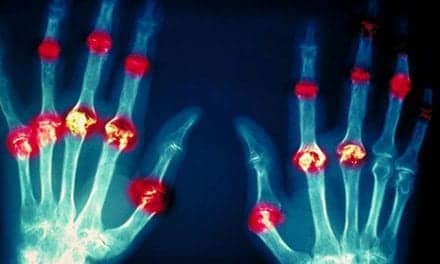Mammals detect different intensities of cold using distinct sensory neuron systems, a finding which could lead to the development of new drugs to treat cold pain, suggest researchers from University College London.
The study on mice, published in Proceedings of the National Academy of Sciences, set out to understand more about the two known sensory neuron (nerve) populations, which mammals use to cold sense. Namely neuronal populations that express the ion channel Transient receptor potential melastatin 8 (Trpm8), or the sodium channel NaV1.8.
Researchers used in vivo GCaMP3 imaging to identify cold sensing populations of sensory neurons in live mice. The study suggests that Trpm8 neurons detect changes in body temperatures down to zero degrees (acute cold), and that NaV1.8-expressing neurons detect prolonged extreme (noxious) cold, below zero degrees, a media release from University College London explains.
“Trpm8 and NaV1.8 are, for the most part, not expressed in the same set of neurons, which has historically presented a significant challenge in understanding how both of these molecular targets can be independently responsible for cold sensing,” says co-corresponding author Dr Edward Emery (UCL Wolfson Institute for Biomedical Research), in the release.
“Here we show that the vast majority of acute cold-sensitive neurons do not express Nav1.8, but instead are enriched with Trpm8, as well as a unique repertoire of other genes.
“In contrast, however, we observe a crucial role for NaV1.8 in the detection of prolonged extreme cold.
“These findings greatly enhance our understanding of how these different peripheral sensory neurons sense acute and prolonged noxious cold, and show that multiple cell and molecular mechanisms contribute to cold pain sensation in mammals,” he adds.
The observation that different neuronal populations are responsible for the detection of different cooling intensities could facilitate the development of more effective therapies for cold-related pain, the release continues.
“Cold sensing in mammals is an essential tool for survival with almost all parts of the globe having a cold season,” states co-corresponding author Professor John Wood (UCL Wolfson Institute for Biomedical Research).
“However, some individuals with nerve damage often feel cold pain, when in fact the environmental temperature would not have triggered any cold sensation.
“Our new finding may now allow researchers to hone in on possible key reasons and develop drugs for blocking cold pain, dependent of which nerves have been damaged,” he notes.
[Source(s): University College London, Science Daily]





